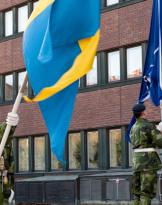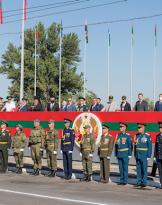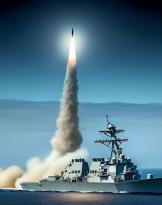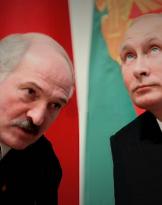"The postcard has arrived! " This phrase is echoed in all Italian families, which had at least one male descendant from the unification of Italy, i.e. 1861 until 2005, when the last military contingent left.
The much feared postcard for 144 years announced to all Italian males that they had been forced to go to the military district for the visit of the "three days", which for many young people became the first opportunity to travel, but above all to screening methods general. After the three days, the CAR (Recruit Training Center, ed) was waiting for them to take the oath and incorporation into the regiment, then a daily routine made up of alarm clock, cube, marches, grandparents, blue, deliveries, licenses, corvè and so on. In short, we were catapulted just eighteen into a world of responsibility unlike the muffled one of the family and which for many sons of Italy was a school of life and a transition from being boys to being men.
The draft call has always aroused love and hate, for some it was the possibility of a different life and a job opportunity, for others an experience to tell like all the males of the family and for others still a nuisance that made them lose a year of university and so on. In short, the naja was a set of things that caused conflicting sensations, well summarized by a sentence written in my military locker that is: "the naja is like a courtesan many do it but no one loves her!".
Last July fifteen years passed from the end of compulsory conscription, but what was compulsory military service?

First of all we must say that the compulsory conscription of a class began with the unification of Italy, and with it colonial campaigns, two world wars, the cold war until the fall of the Berlin wall, to get to discussion in the early 90s.
Military service has been a social tool for many years, in fact after having reunited Italy into a nation it was necessary to do Italians, who until then had been subjects of the Kingdom of the Two Sicilies, of Sardinia, etc. The conscription was a tangible sign of a unitary state, which made use of its citizens by forcing them to serve for it by swearing loyalty. Another sign of the presence of the Italian state in the lives of its citizens was that of the adoption of the Italian language at the expense of the various dialects, in fact the military districts to speed up the adoption of the language and to inculcate a sense of national identity, had a lot of care to allocate a boy from the south to the north and vice versa, except for the Alpine regiments, so that even the language barrier would fall.
The debate on the possibility of abolishing compulsory conscription arose in the early nineties, from the change in the use of the military structure, which began to be increasingly an instrument of foreign policy and operational body of international organizations (UN, NATO, EU, etc. .). The discussion on continuing with a conscript army or switching to a model of professional army was fueled on the one hand by public opinion increasingly divided on the usefulness of foreclosing young people, doubts also fueled by the numerous acts of hazing they have also led to well-known news events and on the other by geopolitical assets, which were taking shape in the aftermath of the fall of the Berlin wall. International organizations were increasingly projected to an operational use of missions of peacekeeping of the Armed Forces.
 This debate ended with the adoption of law no. 14 of 2000 November 331, also known as reads Martino, which suspended the naja by reforming the armed force with the institution of volunteers in fixed position. The law then it does not abolish compulsory conscription but suspends it expecting to be able to reactivate it in exceptional cases such as wars and serious crises. Among the nations of the European continent, conscription still exists for many national realities such as: Greece, Austria, Norway, Denmark, Switzerland, Estonia, etc.
This debate ended with the adoption of law no. 14 of 2000 November 331, also known as reads Martino, which suspended the naja by reforming the armed force with the institution of volunteers in fixed position. The law then it does not abolish compulsory conscription but suspends it expecting to be able to reactivate it in exceptional cases such as wars and serious crises. Among the nations of the European continent, conscription still exists for many national realities such as: Greece, Austria, Norway, Denmark, Switzerland, Estonia, etc.
The adoption of an army of professionals wanted to greatly raise the operational level, so as to reduce the staff of the Armed Force and consequently lower costs. But was it really so?
In fact, if it is true that many military departments had a low operational level, there were many able to operate very well in multinational environments with a high operational level.
To date, the twenty-year experience of missions abroad, the increasing use of the army for civilian uses (just think of the ten-year operation Safe Roads which collected the legacy of the "domino missions" or the commitment in Civil Protection in the disasters that have struck our country), the lack of infrastructure, not to mention the increase in the average age of our soldiers, suggest that a FF .AA. totally professional has its limits.
On the basis of these experiences, any temporary military form should be envisaged, which can be used in tasks that do not require high military skills and which have a low cost, but certainly of high social utility. The creation of a stock of personnel that can be readily employed could solve many problems as happens in other European and non-European countries.
Images: Ministry of Defense












